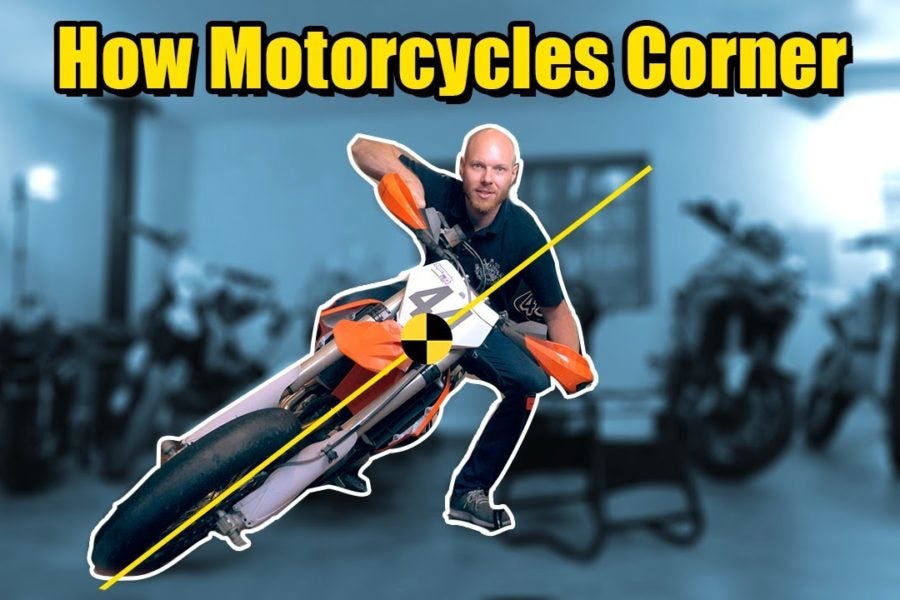You may have been watching all of the counter-steering videos lately. There are some who say you’re doing it wrong, responses to those to say they’re wrong. There are responses to the responses. The short version there is, go get real-world training and you’ll learn to do the right thing in the right situation.
This video, however, is, if we’re willing to get a bit poetic about things, all of that and none of that. It is how motorcycles themselves work. It is the physical forces, broken down into small pieces. All of these forces combine to make motorcycles behave the way they do.
How were you at high school physics? If you have a general understanding of concepts like coefficient of friction and directional forces, you’re going to soak in all the concepts in this video just fine.
A quick warning, though: it might blow your mind. “Mike on Bikes” explains:
As motorcyclists, we know a lot of this information already, but probably not entirely in the conscious parts of our brains. Our muscle memory picks up on a whole lot of how a motorcycle handles.
Really?
When he claims “centripetal force at the contact patch,” though, does that actually make sense? Is this really why countersteering works? The force on a motorcycle created by cornering certainly needs to be counteracted. If we do not then lean into a turn, we fall over.
I bet, throughout our motorcycling careers, we’ve heard all kinds of explanations for why bikes do what they do, and why we have to countersteer and lean. While we’re piloting a bike, though, are we thinking about yaw, roll, pitch, load transfer, and lateral tension? Does rake, trail and wheelbase come into a purchasing decision (OK spoiler on that one: probably!)?
Are you a trained physicist ready to tell us all the ways this guy is wrong? Because if I’ve learned anything over the years, it’s that ADVRider, and motorcycling in general, attracts some surprisingly smart people. What’s your take?







